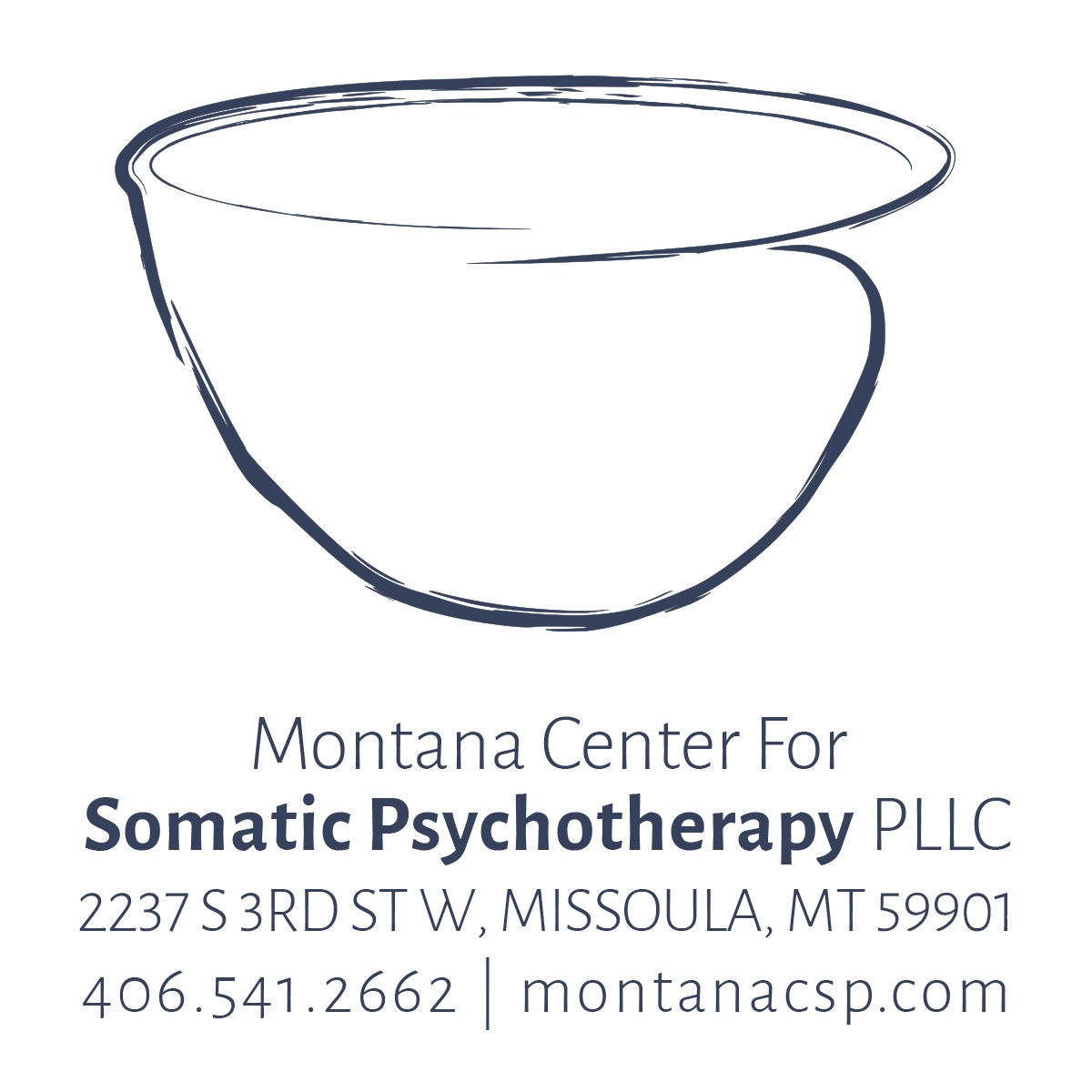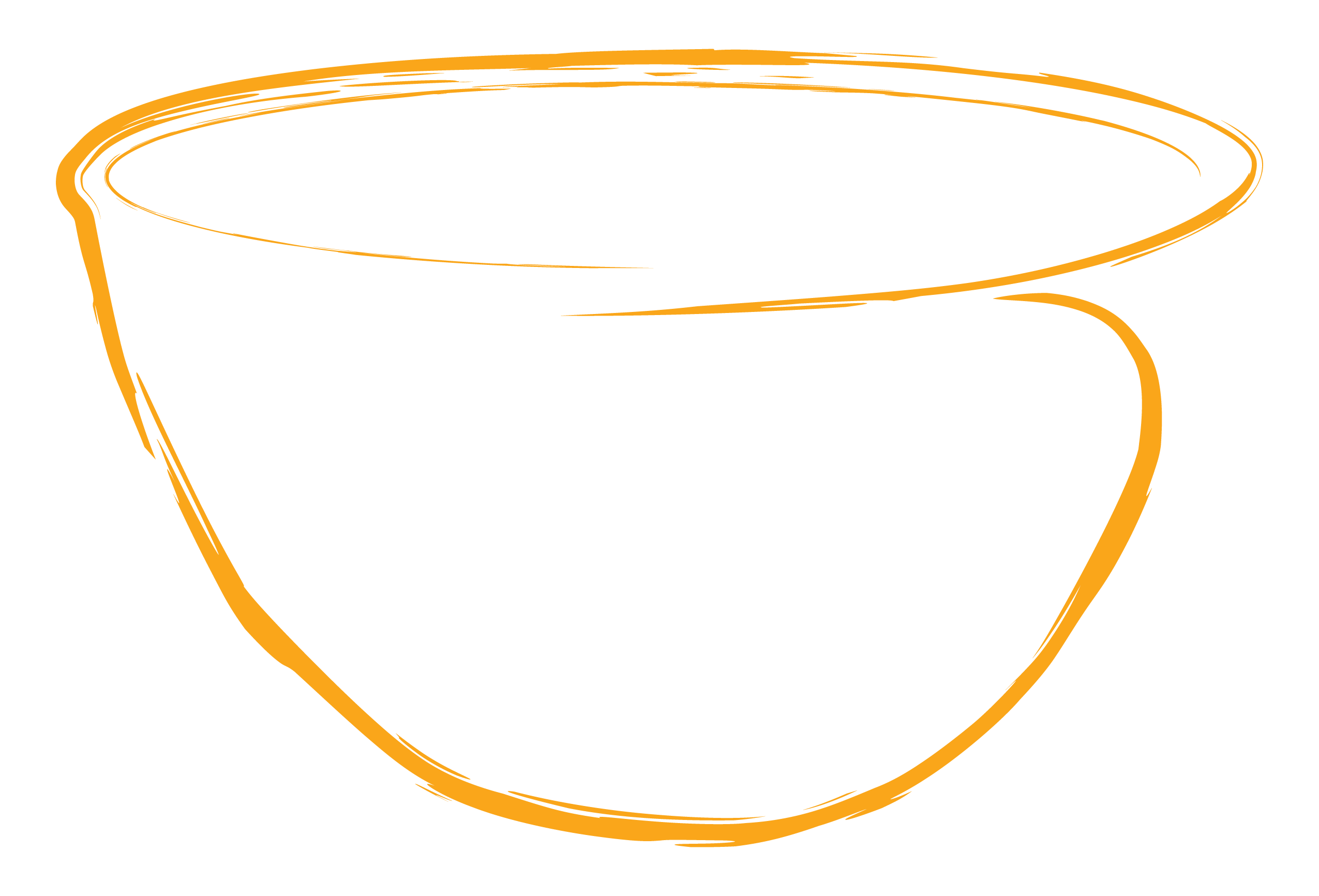Seeing Here and Now

Hello, This is Resources for Resilience where we dig into what creates resilience in our minds, our hearts, and our bodies. My name is Hillary Welzenbach, I run Montana Center for Somatic Psychotherapy in Missoula Montana montanacsp.com and offer Sensorimotor Psychotherapy, and Authentic Movement. We also have a podcast of this material if you would prefer that modality. The podcast is at https://anchor/fm/hillary-welzenbach
This blog will be focusing on Resilience. What is Resilience?
Resilience is 1.) the capacity to recover quickly from difficulties; toughness. 2.) the ability of a substance or object to spring back into shape; elasticity.
What qualities makes a particularly resilient individual? There are many. We will focus on the qualities of Vulnerability, Productive Perseverance, Connection, Gratitude and Generosity, Possibility. These qualities create more possibility for resilience. We will devote an article to each one.
Today we will look at vulnerability and how it relates to resilience.
What does being vulnerable mean?
Vulnerability is a state of emotional exposure that comes with a certain degree of uncertainty. It involves a person’s willingness to accept the emotional risk that comes from being open and willing to love and be loved.
Brene Brown a vulnerability researcher says “vulnerability is not winning or losing. It is having the courage to show up when you can’t control the outcome”.
David Whyte writes these words as part of his poem Sweet Darkness-
When your eyes are tired,
the world is tired also.
When your vision has gone,
no part of the world can find you.
Time to go into the dark
where the night has eyes
to recognize its own.
Orienting is one way to promote safe Vulnerability.
Sarah Schulte writes about Anne Isaacs definition of orienting in her paper Instructional Guide to Somatic Resourcing Strategies for Orienting and Containment USABP 15, April 2020–
“Orienting is a deceptively simple practice, the purpose of which is to support us to become more present. As we become more present to ourselves and our current conditions, and if these conditions are perceived by the nervous system to be safe(r), our organism can begin to settle out of whatever panic, urgent energy, or spiraling thoughts we are experiencing while in a state of hyper-vigilance.
The suboccipital muscles at the base of the skull are involved in orienting efforts, and are psychologically connected with the instinctual sense of having the right to have strength or power. Defensive orienting involves turning towards perceived dangers or threats, or looking for escape routes or objects for self-protection. Exploratory orienting involves turning towards novelty in the environment (curiosity) or seeking out resources, such as social connection, nourishment, play, comfort, delight, etc. (sucking reflexes to take in this goodness are connected to the exploratory seeking impulse). Defensive orienting can be in or out of proportion to the current conditions. For instance, when we are anxious or in a state of panic, we can experience a startle response where we pull back and hold our breath, freezing in place. Our bodies can become tight or rigid, we hold our breath, and our gaze can become fixed or our eyes can dart around frantically without really taking in our surroundings. This is another way our bodies, emotions and thoughts become stuck. Our minds begin to fixate on the future, getting caught in worry about what might happen again. Orienting can help us to recognize relative safety now.
From a polyvagal perspective, orienting allows us to engage the same parts of the face and neck involved in the social engagement system, which stimulates the ventral vagus nerve. When the ventral vagus is back online, it provides a face-heart connection that acts as a pacemaker on the heart (or a set of brakes), slowing us down and allowing us to reconnect with the here-and-now and with relationships”
So now, let’s try it.
Please find a quiet place where you can stand up. Make sure your clothes are comfortable. Take a moment to notice how your eyes feel. Give yourself a few words to describe this. Take your hands and rub them together until it is warm between your palms. Gently place your warm palms over your eyes. Feel your warm hands on your eyes. Feel your eyes softening under your hands. Feel the darkness that is created when your hand are on your eyes. Gently move your hands away from your eyes. Open your eyes to a soft opening. Take in the world around you. Name 3 things you see around you. Find on thing you see that is neutral or even pleasurable. Let yourself focus on that object until your vision is clear. Now look as far as you can to the right with out moving your head. Follow your gaze slowly to the right twisting your neck, then your back, then your hips until you cannot look any farther to the right. Slowly come back to the center. Find one thing you see that is neutral or even pleasurable. Let yourself focus on that object until your vision is clear. Follow your gaze slowly to the left twisting your neck, then your back, then your hips until you cannot look any farther to the left. Slowly come back to the center. Notice what it is like to see the world that you are in right here right now in this present moment. Find on thing you see that is neutral or even pleasurable. Let yourself focus on that object until your vision is clear. Follow your gaze slowly to the right twisting your neck, then your back, then your hips until you cannot look any farther to the right. Slowly come back to the center. Allow yourself to orient and be seen in this time and place. Follow your gaze slowly to the left twisting your neck, then your back, then your hips until you cannot look any farther to the left. Slowly come back to the center. Here you are right here right now, able to see.
What are the emotions that you find in this place where you can see and be seen? Give some space for any neutral or positive emotion that comes up.
What do you feel in your body in this place where you can see and be seen? Give some space for any neutral or positive sensations that come up.
Imagine how you could bring these positive feelings into your day with you. Is there a word, image, phrase, sensation or movement that would help you find your way back here? Mark this for yourself.
I invite you to practice orienting every day this week. See if it makes a difference for you to feel open to vulnerability and resilience to be able to see and be seen safely in present time.


